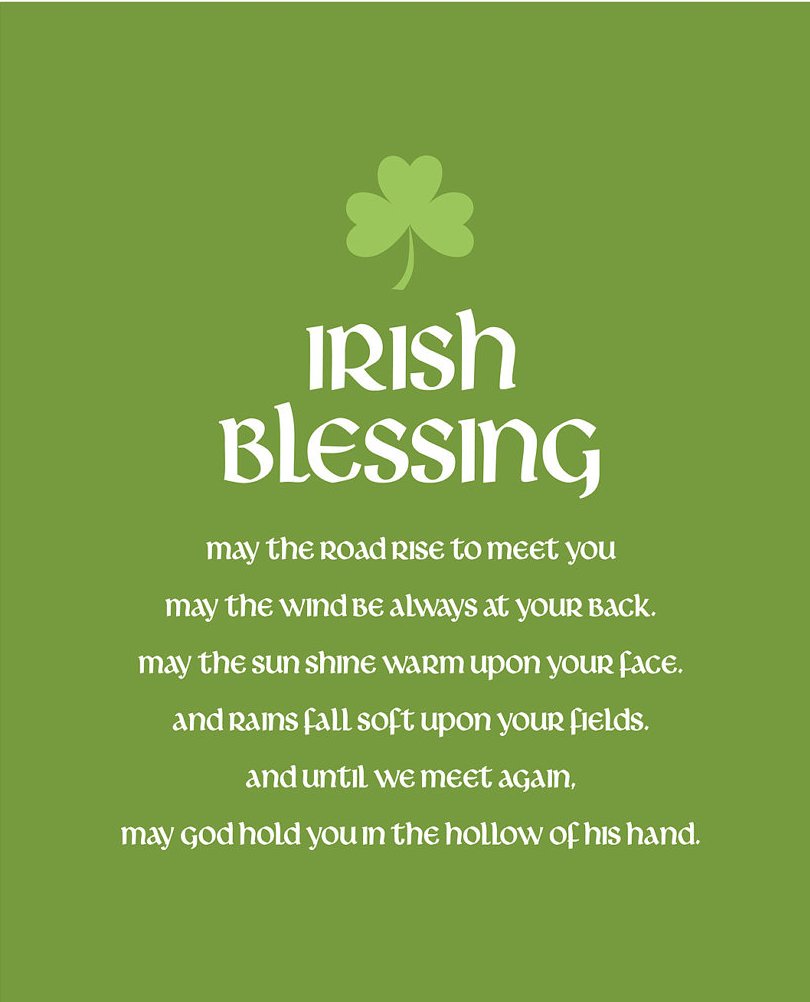No one can deny that the Irish are full of charm and a whole lot of blarney. But St. Patrick himself, for whom March 17th is celebrated each year, was also something of an enigma. Contrary to popular belief, he was in fact neither Irish nor Catholic! Hard to believe, I know.
Some say he was born in Scotland or in the southwestern part of England, but the general consensus of opinion places his birth around AD 385 in Wales, and his given name was Maewyn.
Maewyn was thought to be a pagan until age sixteen at which time he was supposedly captured by Irish pirates who had raided his village and sold him into slavery. During the next six years he lived in captivity, working as a shepherd, becoming fluent in the Irish language and turning to religion. Eventually he managed to escape from slavery and returned to his parents, but then in a vision he was told that he must return to Ireland and bring Christianity to that land. He decided to go to Gaul first to study under St. Germain, bishop of Auzerre, for the next twelve years.
After being ordained as a deacon, a priest, and finally a bishop, he returned to Ireland at the request of Pope Celestine and was commissioned to preach the gospel and dispel the paganism and wide-spread slavery practices being carried on in Ireland.
St. Patrick used the three-leaf Shamrock to depict the Holy Trinity, and eventually this led to the shamrock becoming the national symbol of Ireland. Legend has it that St. Patrick also banished snakes from the shores of Ireland with the assistance of a wooden staff, driving them all into the sea. It is true that there are no snakes in Ireland today, although possibly there never were any anyway!
Even the date of St. Patrick’s death is debatable. Some say he died in 493 AD and is buried in the same grave as St. Bridget and St. Columba. Others say he died at Glastonbury and is buried in the Chapel of St. Patrick at Glastonbury Abbey in England.
The inaccuracies and legends surrounding the life of St. Patrick are perhaps simply all part of the Irish charm which abounds to this day. Maybe we will never know the truth about this enigmatic Saint.
In North America, the first St. Patrick’s Day was celebrated in Boston, Massachusetts in 1737 and today, we dye rivers green, drink green beer and have parades.
So today, in true Irish fashion, I will close with three of my favourite Irish sayings:
“May you live as long as you want and never want as long as you live,”
“The older the fiddle the sweeter the rhyme.”
“May you be at the Gates of Heaven an hour before the devil knows you’re dead.”
And finally my favourite Irish Blessing:
“May the road rise to meet you, may the wind be always at your back, May the sun shine warm upon your face. May the rains fall soft upon your fields, and until we meet again, may God hold you in the hollow of his hand.”




